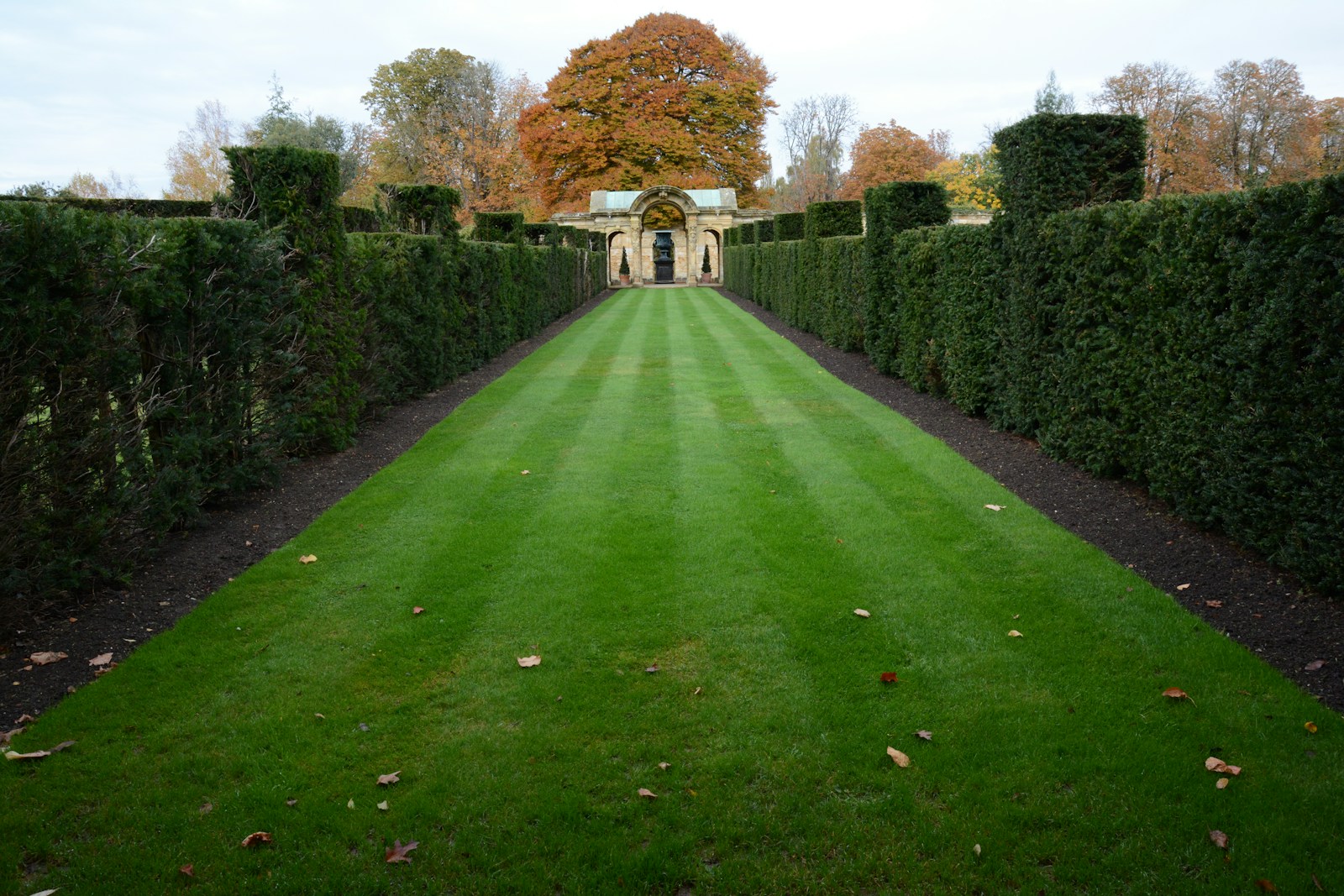Pruning roses in winter is an essential part of rose care, as it helps maintain the plants’ health, shape, and vigour. Here’s a basic guide on how to prune traditional (hybrid tea, floribunda, grandiflora) roses for winter:
When to Prune:
- Late Winter or Early Spring: The best time to prune traditional roses is in late winter or early spring before new growth begins. In most regions, this is usually between late February and early March.
Tools You’ll Need:
- Pruning Shears/Secateurs: Use sharp, clean pruning shears for making clean cuts.
- Loppers: For thicker canes, use loppers to make clean cuts without damaging the plant.
- Thick Gloves: Protect your hands from thorns.
Pruning Steps:
- Remove Dead or Diseased Wood:
- Begin by removing any dead, damaged, or diseased wood. Cut back to healthy, live wood, making clean cuts at a 45-degree angle.
- Cut Out Crossing Canes:
- Identify and remove any canes that are crossing through the centre of the plant. This allows better air circulation.
- Shape the Plant:
- Prune to shape the rose bush. Aim for an open, vase-shaped structure that allows sunlight and air to penetrate the centre of the plant. This helps reduce the risk of diseases.
- Reduce Height:
- Hybrid teas and floribundas can be pruned more severely to maintain a manageable size. Reduce the overall height by cutting back the canes to a desirable length, usually 12 to 18 inches.
- Leave Healthy Canes:
- Keep healthy, vigorous canes. These are typically green and show no signs of disease. Remove weak, spindly growth.
- Bud Eyes:
- Make your cuts just above outward-facing buds, about 1/4 inch above the bud. This encourages the growth to go in the desired direction and prevents the centre of the plant from becoming too dense.
- Clean Up Debris:
- Collect and remove all pruned material from around the plant to reduce disease risk.
Additional Tips:
- Seal Cuts: After pruning, you can seal larger cuts with a pruning sealer to prevent disease entry.
- Fertilize: After pruning, apply a balanced fertilizer to encourage new growth.
- Mulch: Mulch around the base of the rose bush to retain moisture and suppress weeds.
Always adjust your pruning strategy based on the specific type of rose you have and your local climate. Keep in mind that some varieties may require slightly different pruning techniques.


